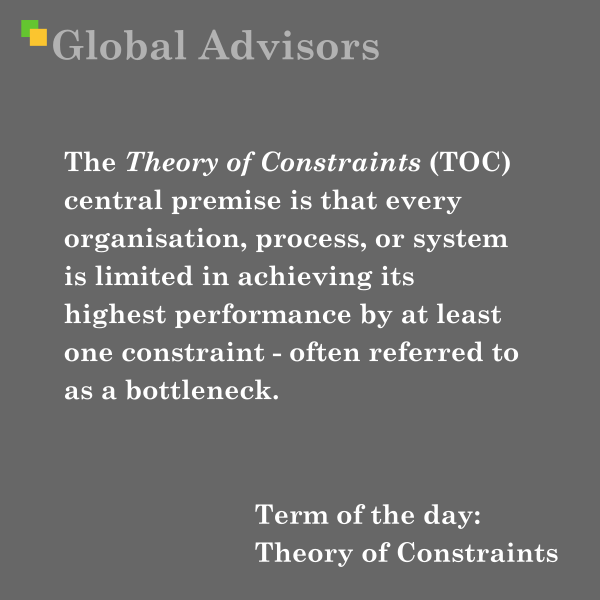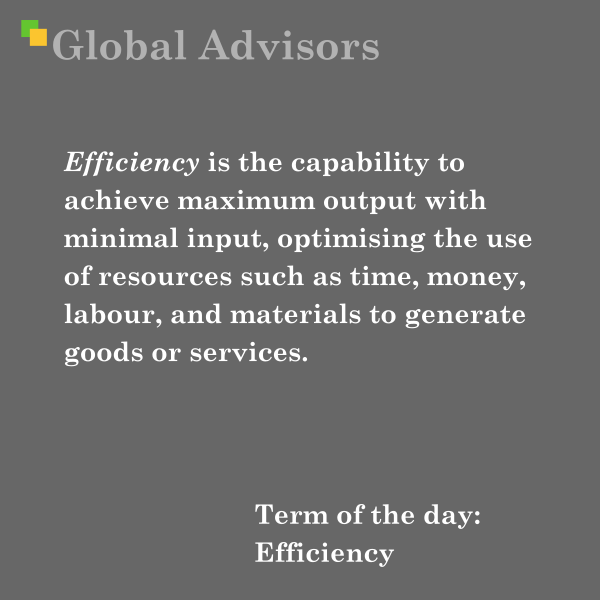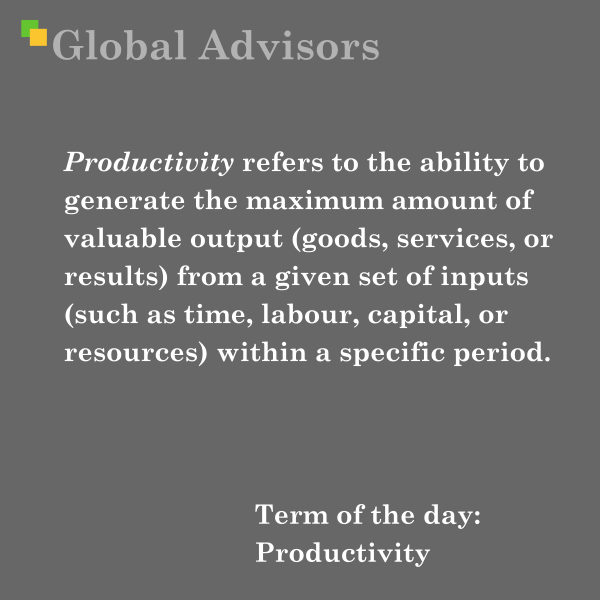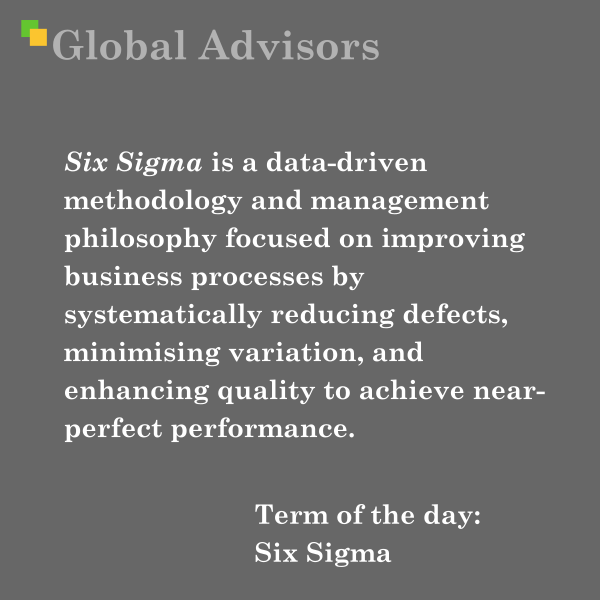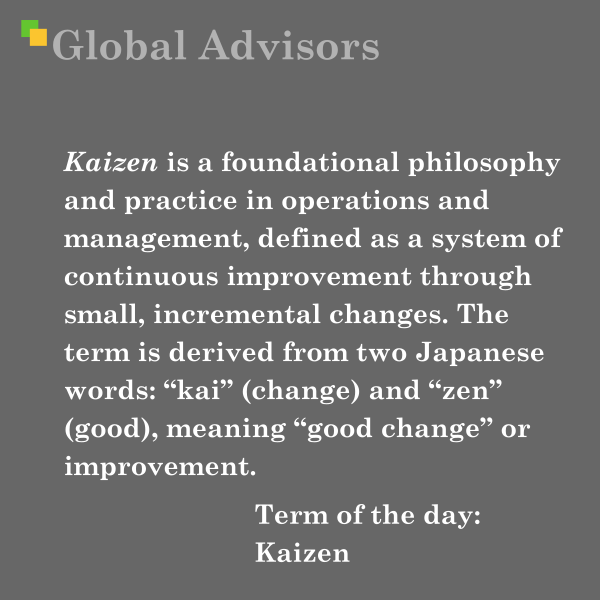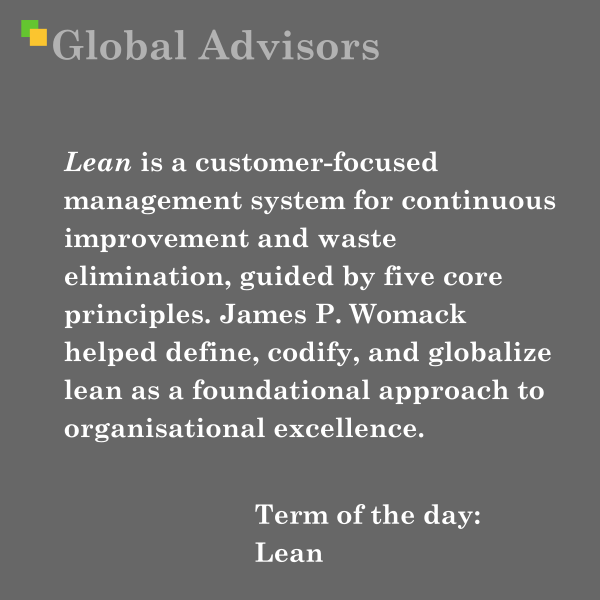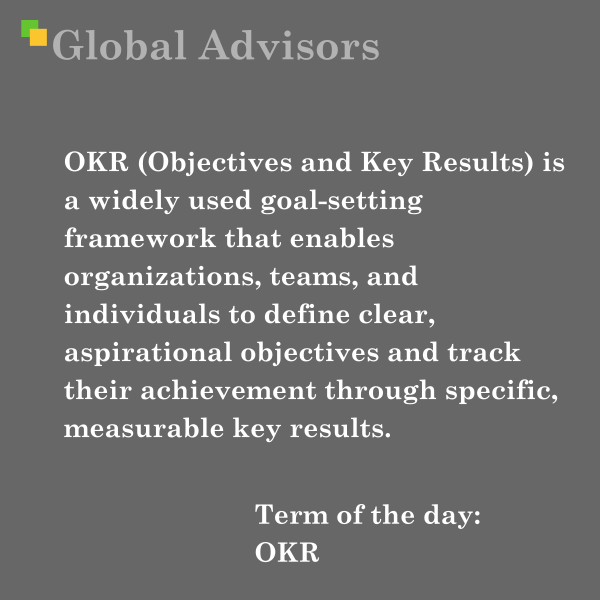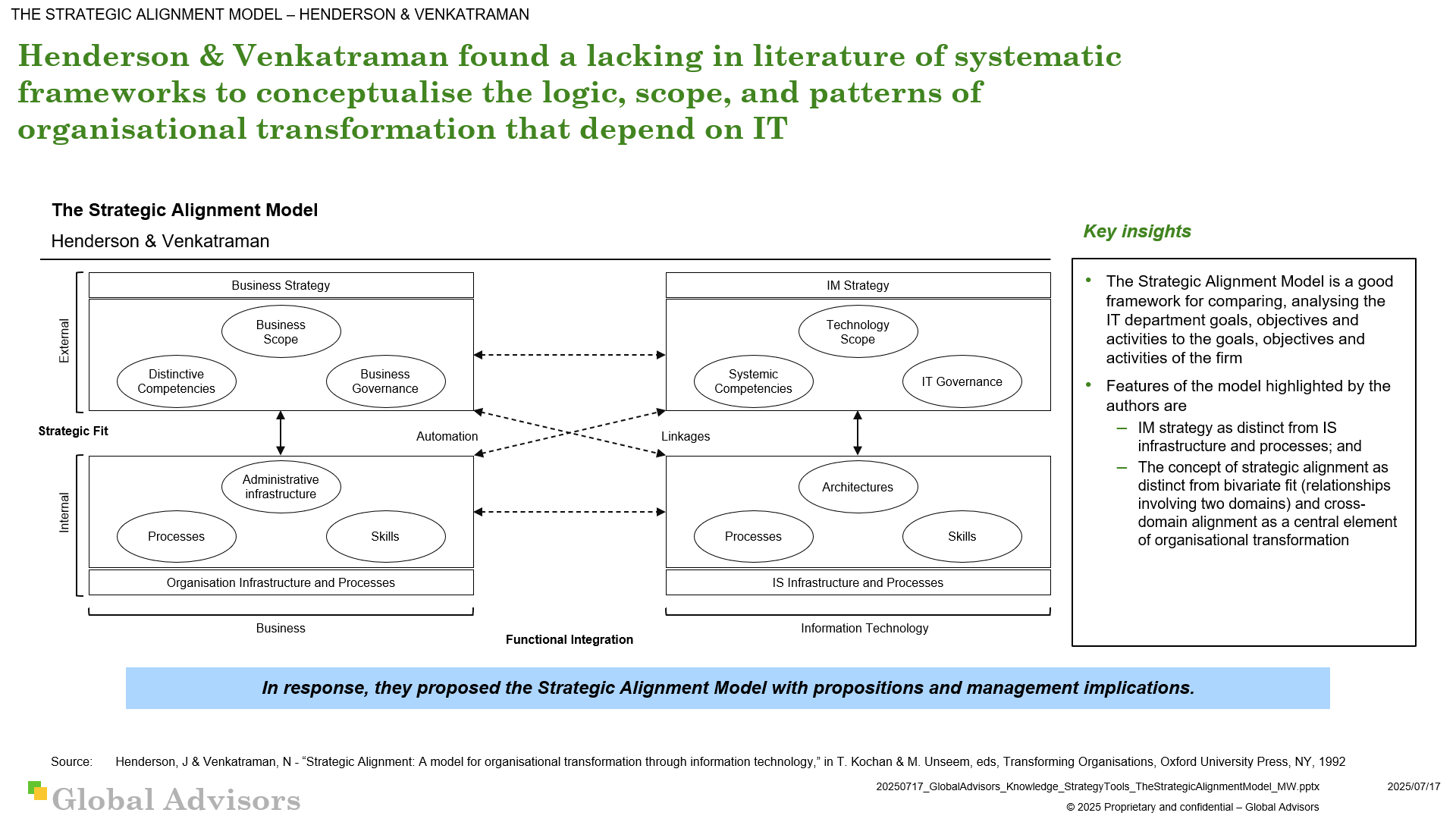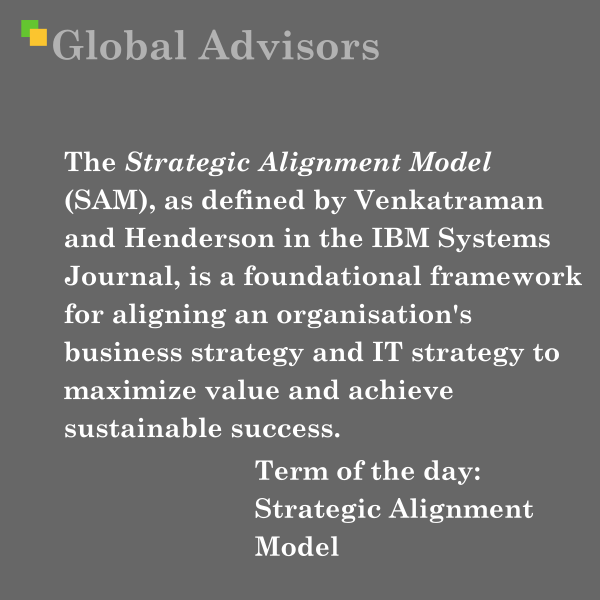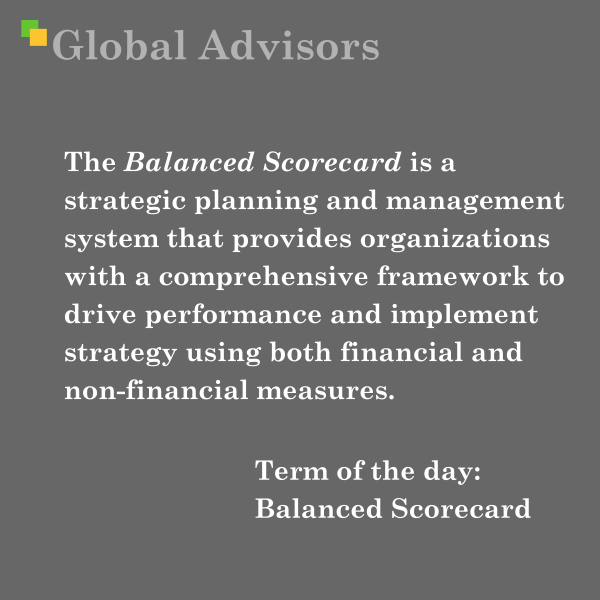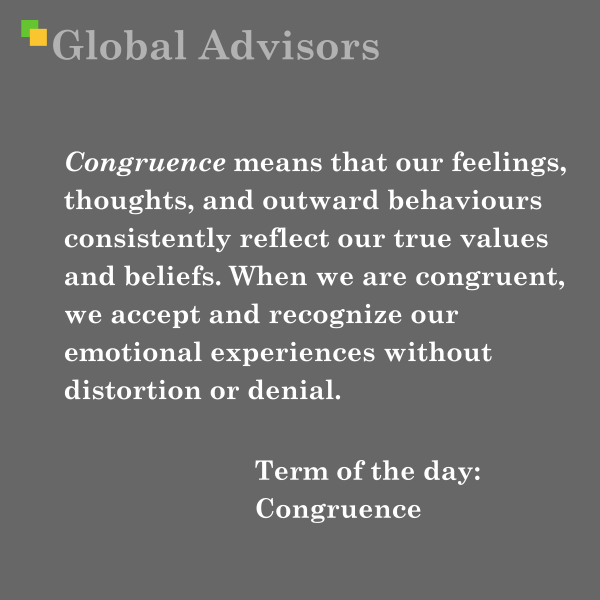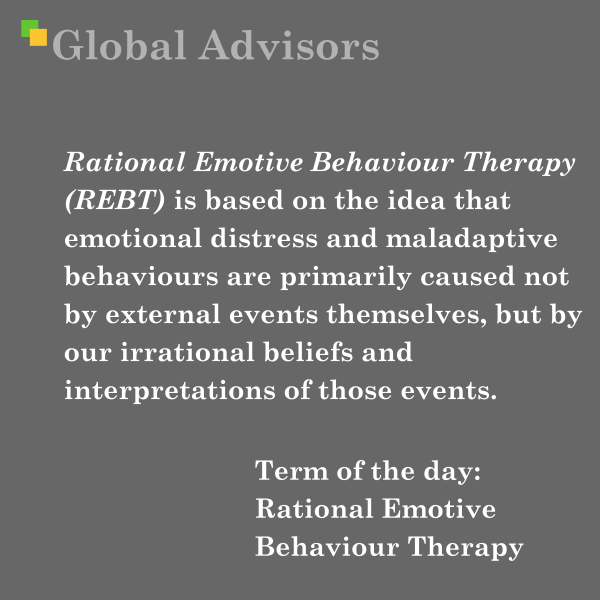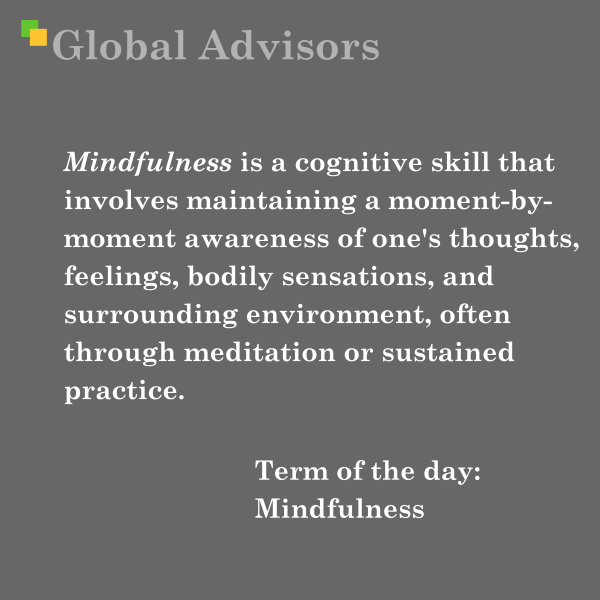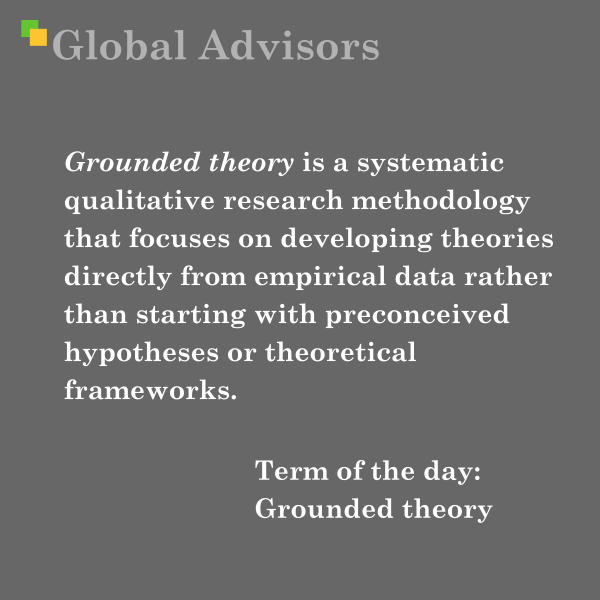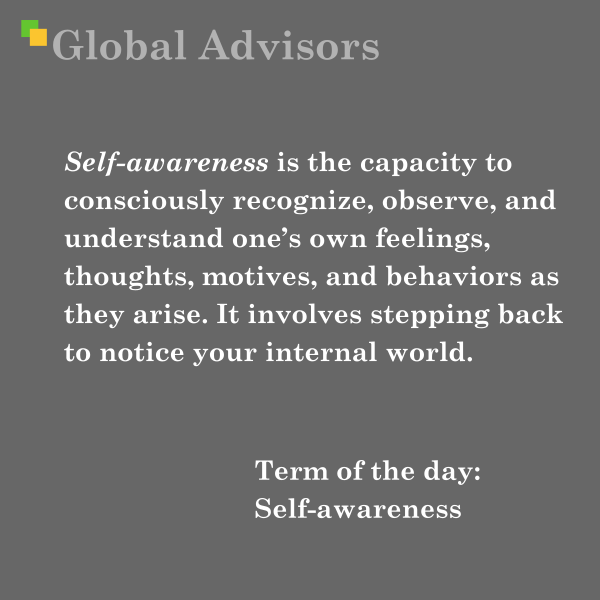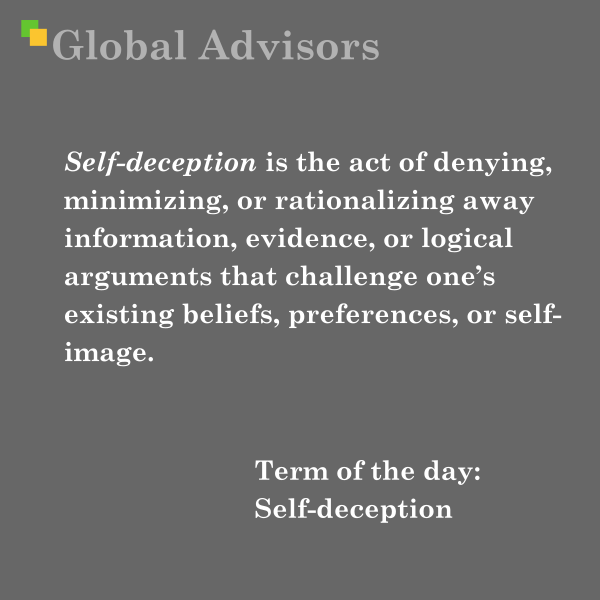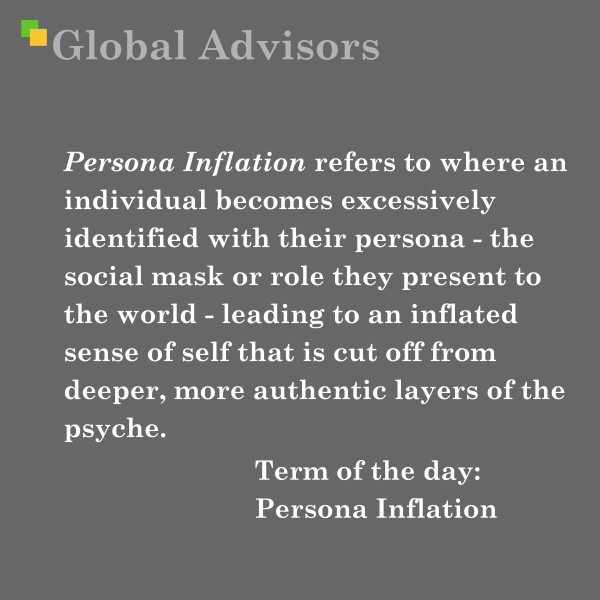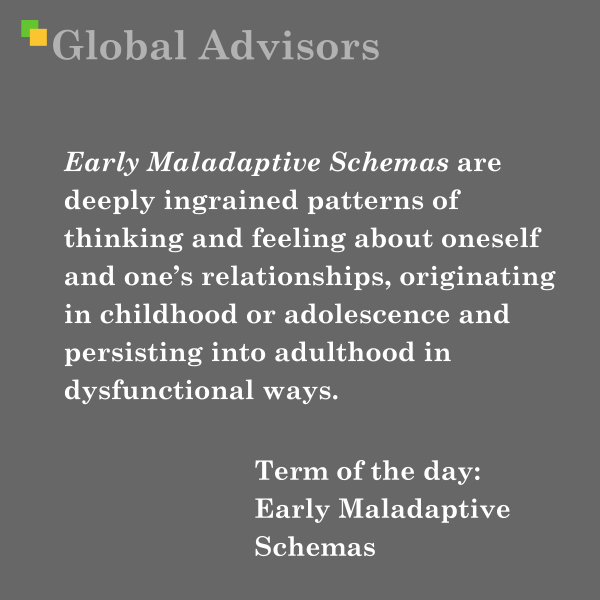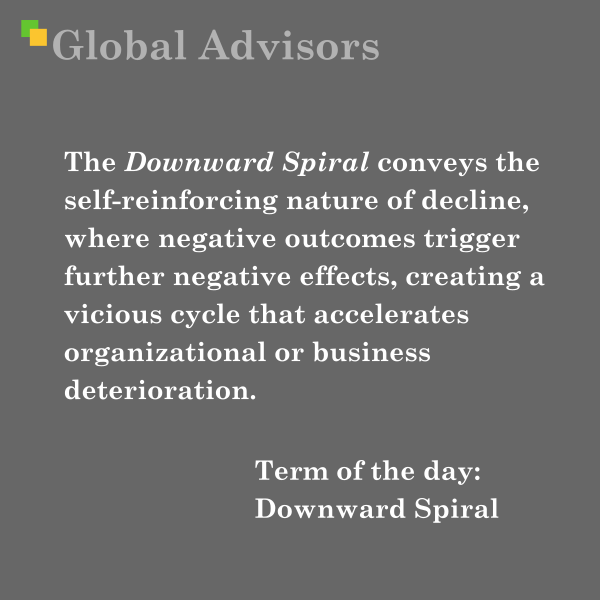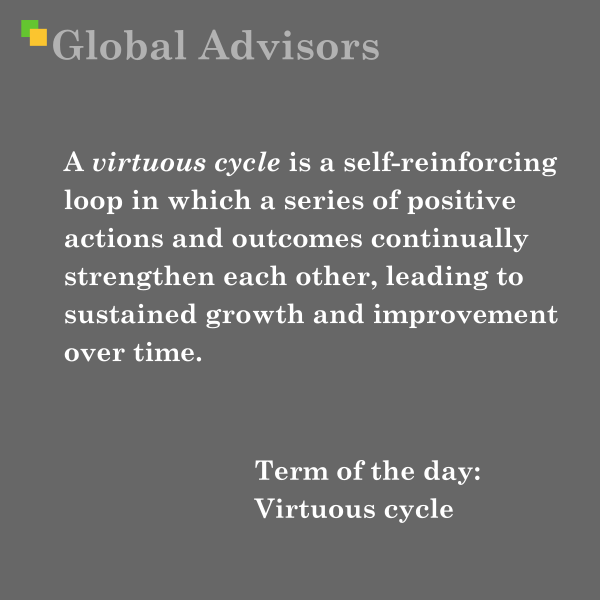The Theory of Constraints (TOC) is a management methodology developed by Dr Eliyahu M. Goldratt, first articulated in his influential 1984 book The Goal. The central premise is that every organisation, process, or system is limited in achieving its highest performance by at least one constraint—often referred to as a bottleneck. Improving or managing this constraint is crucial for increasing the overall productivity and effectiveness of the whole system.
TOC operates on several key principles:
- Every system has at least one constraint. This limiting factor dictates the maximum output of the system; unless it is addressed, no significant improvement is possible.
- Constraints can take many forms, such as machine capacity, raw material availability, market demand, regulatory limits, or processes with the lowest throughput.
- Performance improvement requires focusing on the constraint. TOC advocates systematic identification and targeted improvement of the constraint, as opposed to dispersed optimisation efforts throughout the entire process.
- Once the current constraint is relieved or eliminated, another will emerge. The process is continuous—after resolving one bottleneck, attention must shift to the next.
Goldratt formalised the TOC improvement process through the Five Focusing Steps:
- Identify the constraint.
- Exploit (optimise the use of) the constraint.
- Subordinate all other processes to the needs of the constraint.
- Elevate the constraint (increase its capacity or find innovative solutions).
- Repeat the process for the next constraint as the limiting factor shifts.
Broader relevance and application
TOC was initially applied to manufacturing and production, but its principles are now used across industries—including project management, healthcare, supply chains, and services. It has also influenced methodologies such as Lean and Six Sigma by reinforcing the importance of system-wide optimisation and bottleneck management.
Theorist background
Dr Eliyahu M. Goldratt was an Israeli business management guru with a doctorate in physics. His scientific background informed his systems-based, analytical approach to organisational improvement. Besides The Goal, Goldratt authored Critical Chain (1997), adapting TOC to project management. While Goldratt is credited with popularising the term and the methodology, similar ideas were developed by earlier thinkers such as Wolfgang Mewes in Germany, but it is Goldratt’s TOC that is now widely acknowledged and adopted in modern management practice.
TOC’s strength lies in its focus: rather than trying to optimise every part of a process, it teaches leaders to concentrate their energy on breaking the system’s biggest barrier, yielding disproportionate returns in efficiency, throughput, and profitability.
